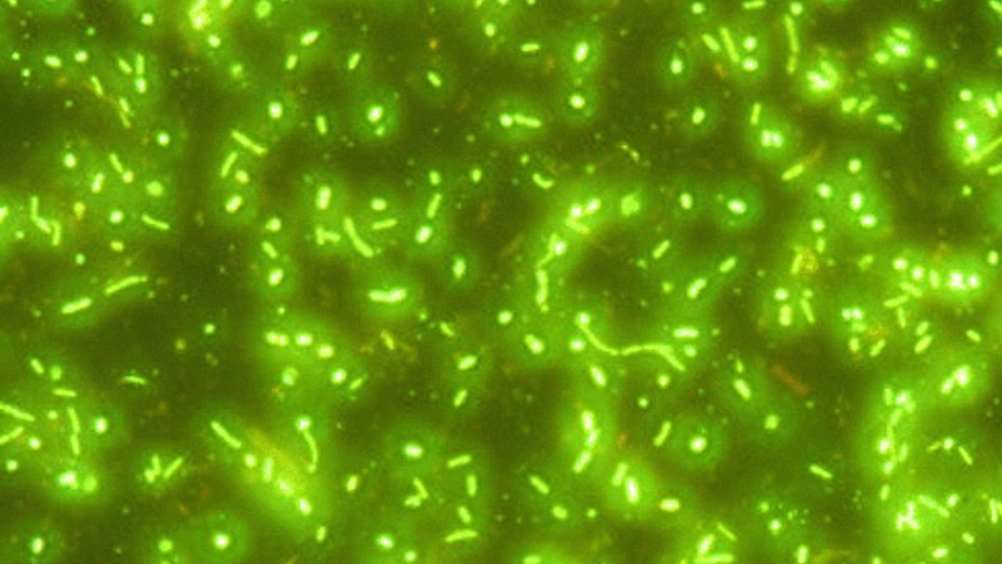The technology is claimed to have an array of applications ranging from drinking-water treatment to sterilising surgical tools.
‘UV treatment utilising LEDs would be more cost effective, energy efficient and longer lasting,’ said Dr Ramón Collazo, an assistant professor of materials science and engineering at NC State and lead author of a paper describing the research. ‘Our work would also allow for the development of robust and portable water-treatment technologies for use in developing countries.’
According to the university, LEDs utilise aluminum nitride (AlN) as a semiconductor, because the material can handle a lot of power and create light in a wide spectrum of colours, particularly in the UV range.
However, technologies that use AlN LEDs to create UV light are said to have been limited because the substrates that served as the foundation for these semiconductors absorbed wavelengths of UV light that are crucial to applications in sterilisation and water-treatment technologies.
A team of researchers from North Carolina and Japan believes it has developed a solution to the problem.
Using computer simulation, it determined that trace carbon atoms in the crystalline structure of the AlN substrate were responsible for absorbing most of the relevant UV light.
By eliminating the carbon in the substrate, the team was able to significantly improve the amount of UV light that can pass through the substrate at the desired wavelengths.
‘Once we identified the problem, it was relatively easy and inexpensive to address,’ said Dr Zlatko Sitar, Kobe Steel Distinguished Professor of Materials Science and Engineering at NC State and co-author of the paper.
Commercial technologies incorporating this research are currently being developed by HexaTech, a spin-off from NC State.
‘This is a problem that’s been around for more than 30 years and we were able to solve it by integrating advanced computation, materials synthesis and characterisation,’ said Dr Doug Irving, assistant professor of materials science and engineering at NC State and co-author of the paper. ‘I think we’ll see more work in this vein as the Materials Genome Initiative moves forward and that this approach will accelerate the development of new materials and related technologies.’
The paper, ‘On the origin of the 265nm absorption band in AlN bulk crystals’, is published online in Applied Physics Letters.


Project to investigate hybrid approach to titanium manufacturing
Sadly they will not be ordering any more presses from Wilkins & Mitchell http://www.historywebsite.co.uk/articles/Darlaston/WM.htm